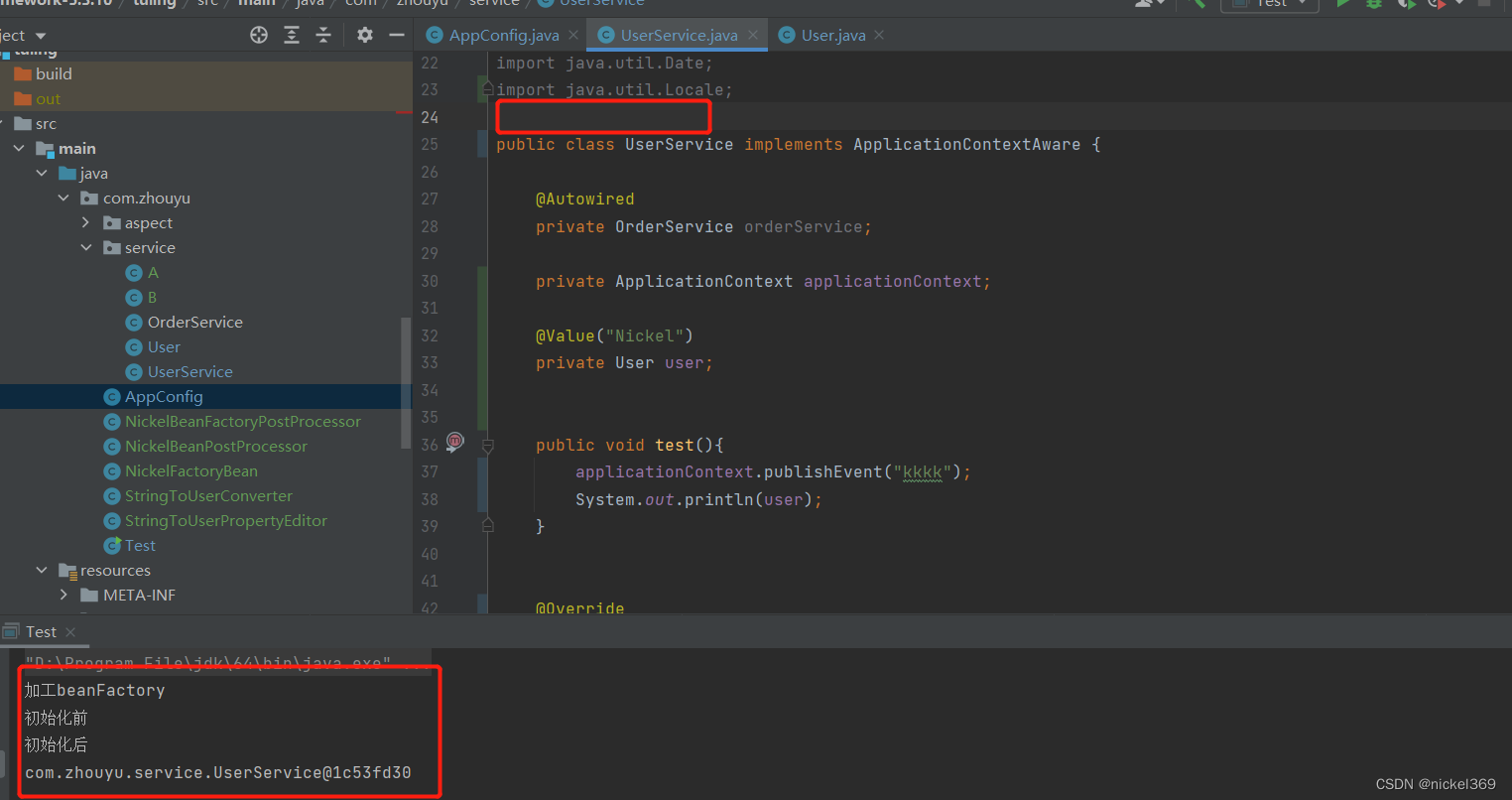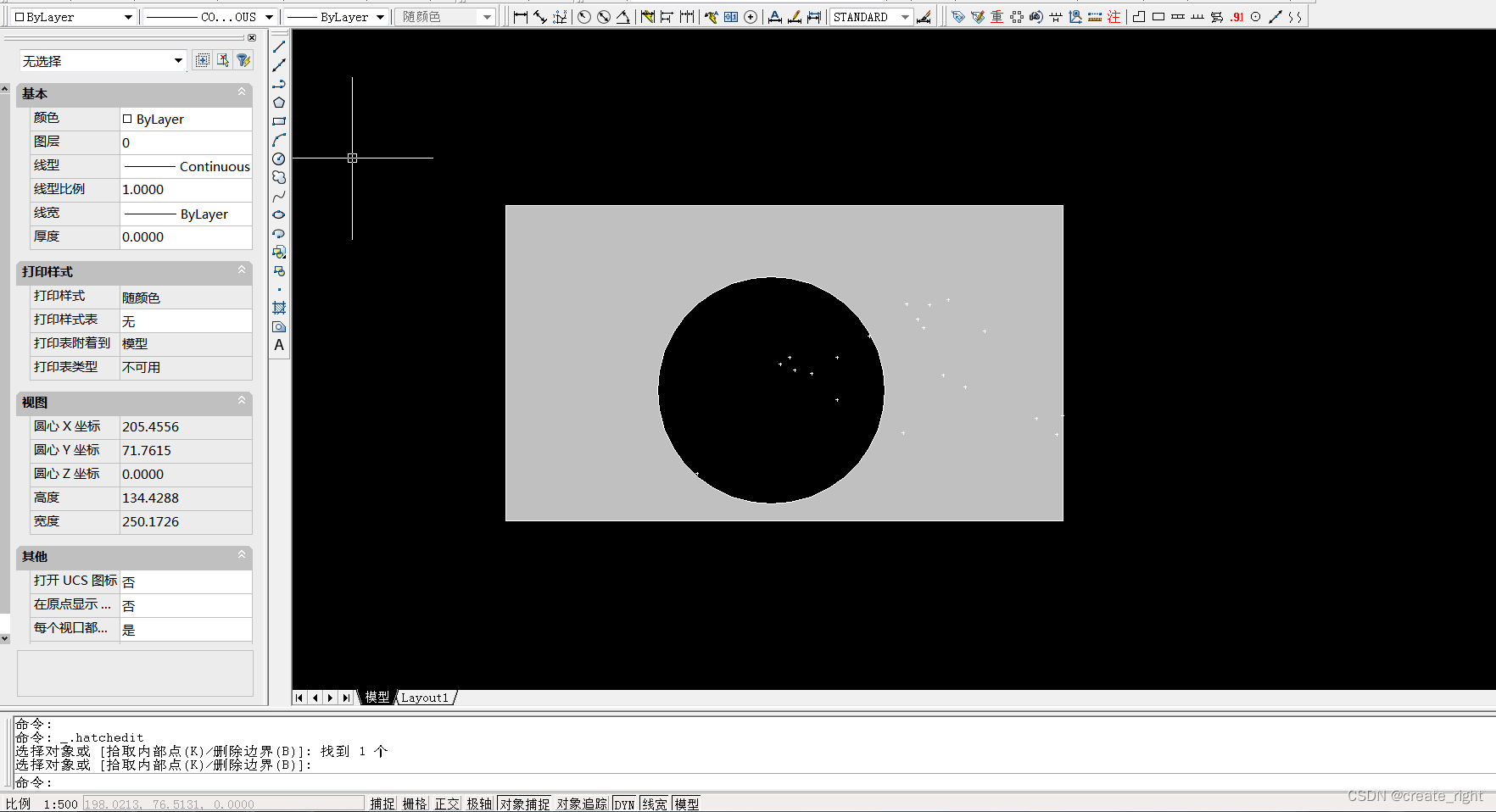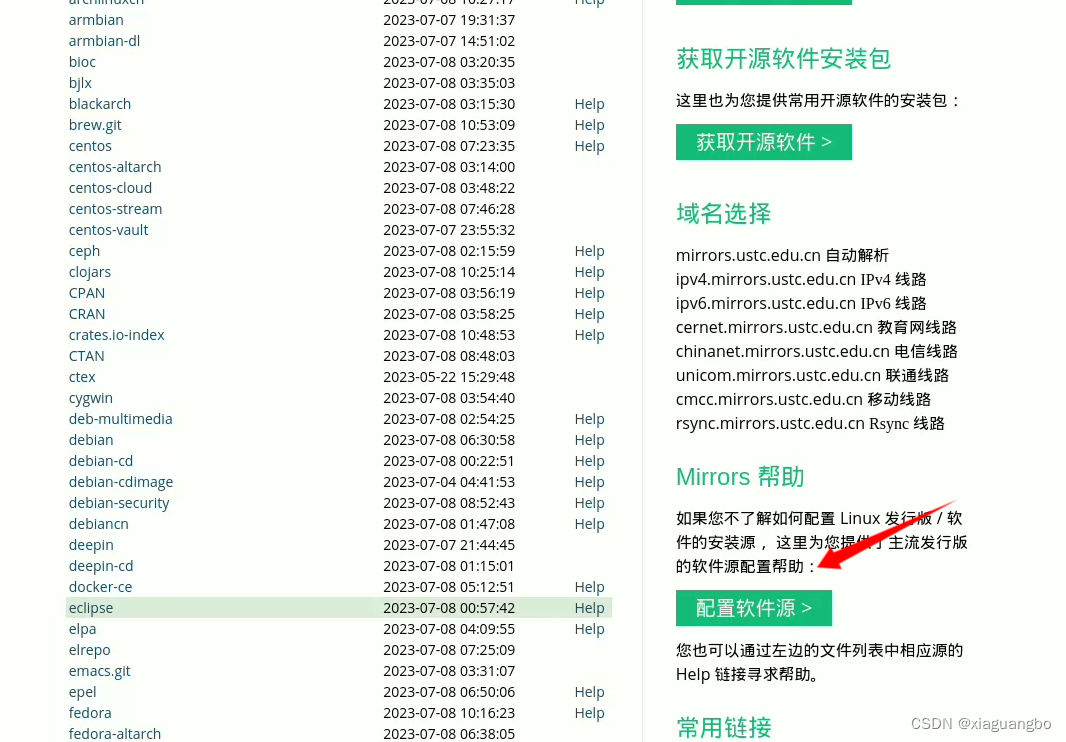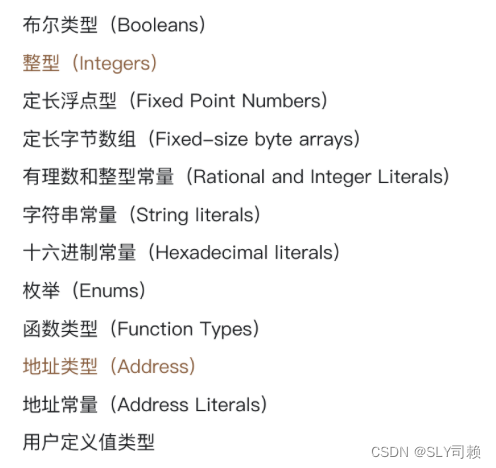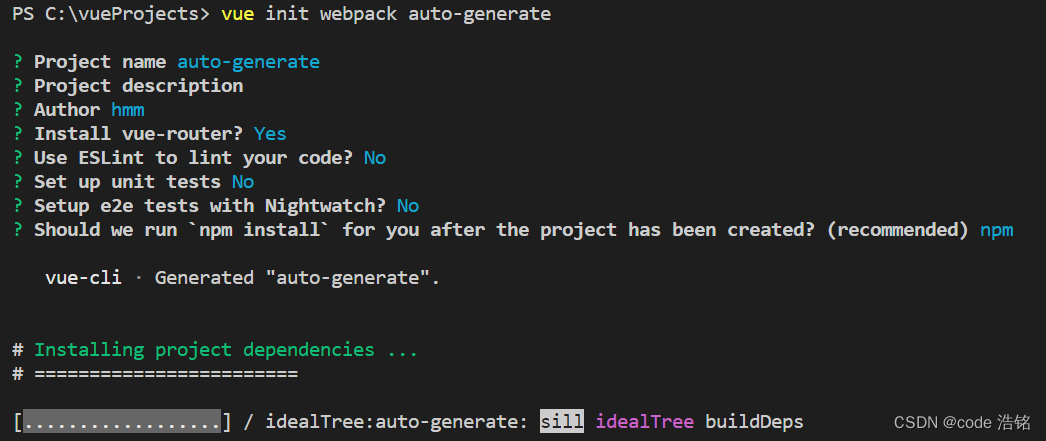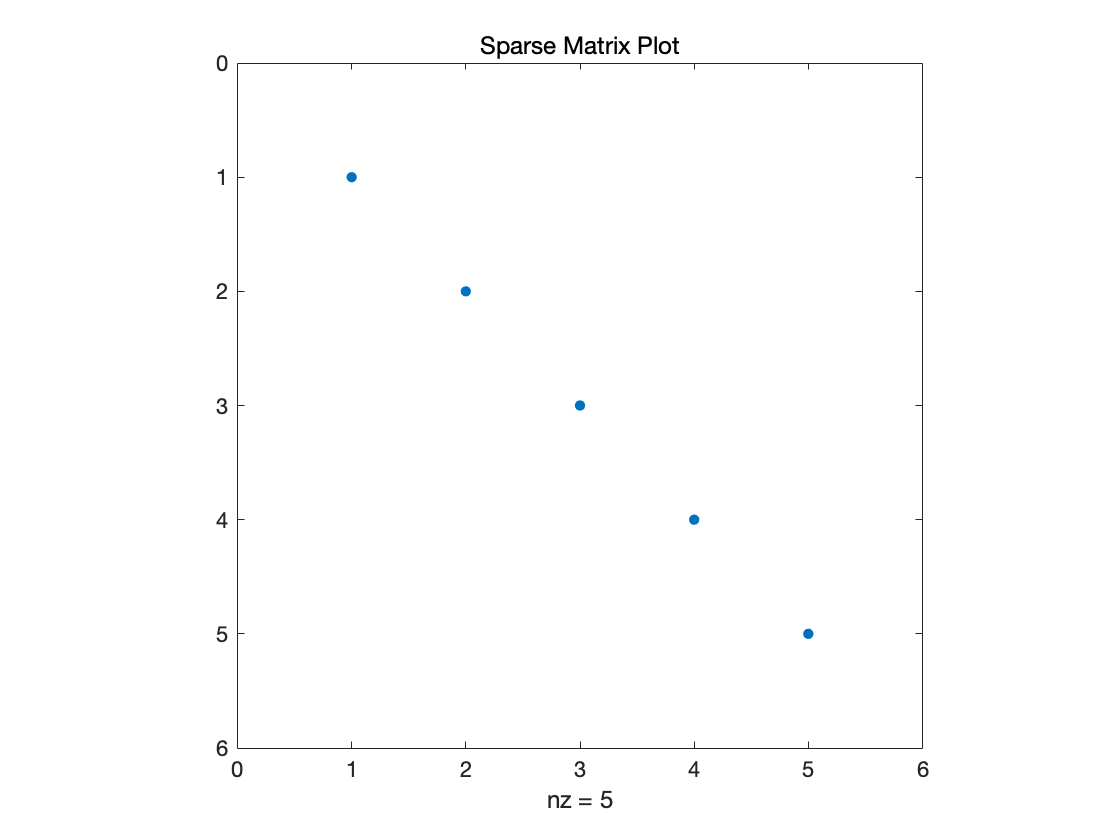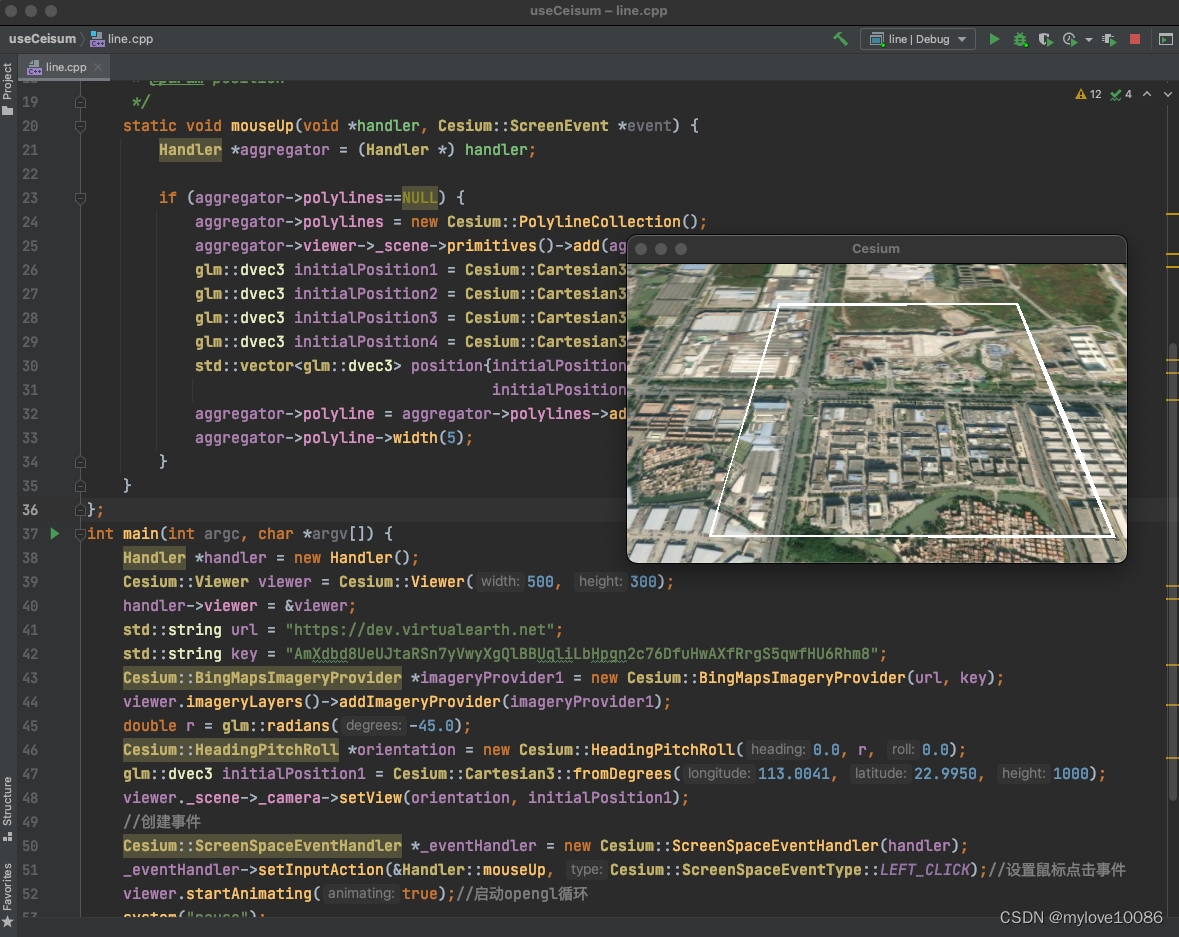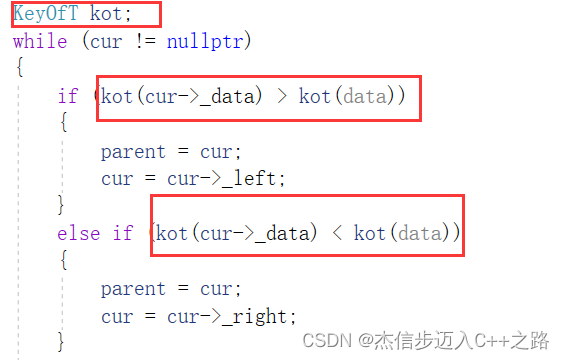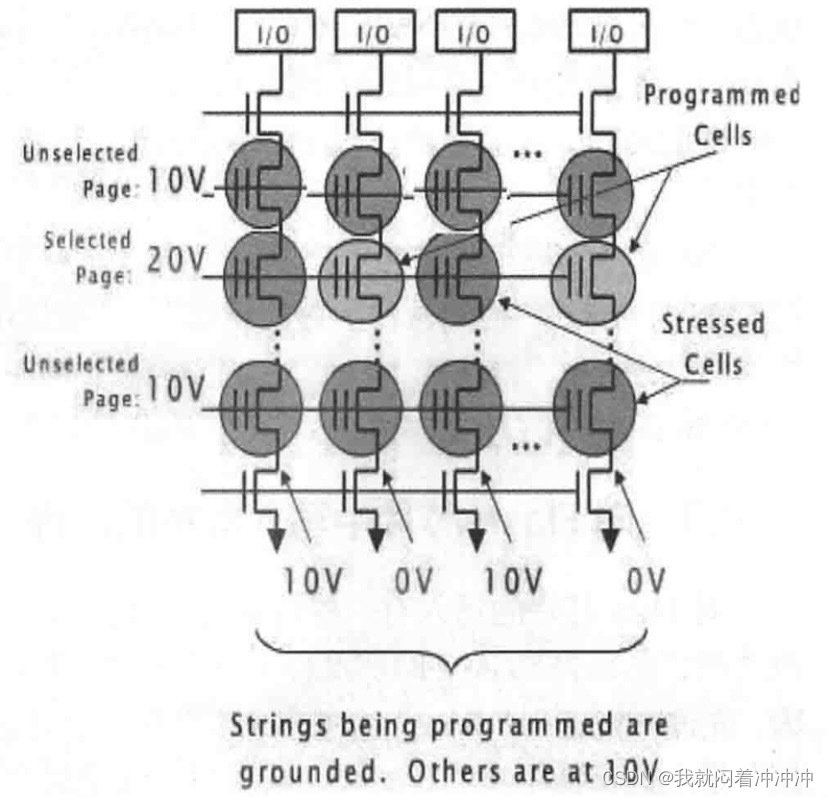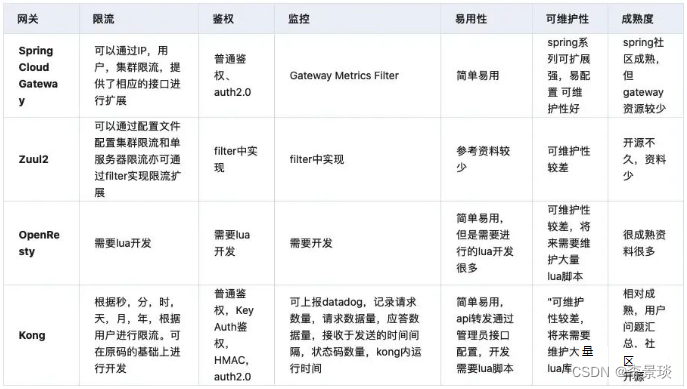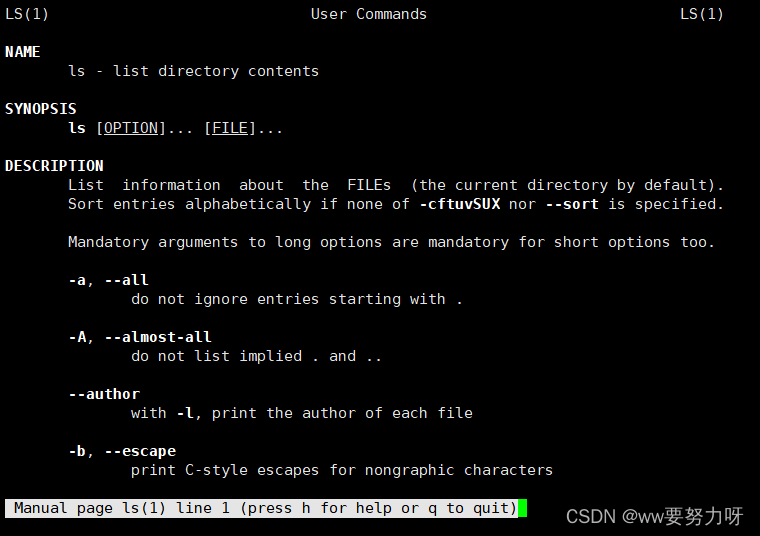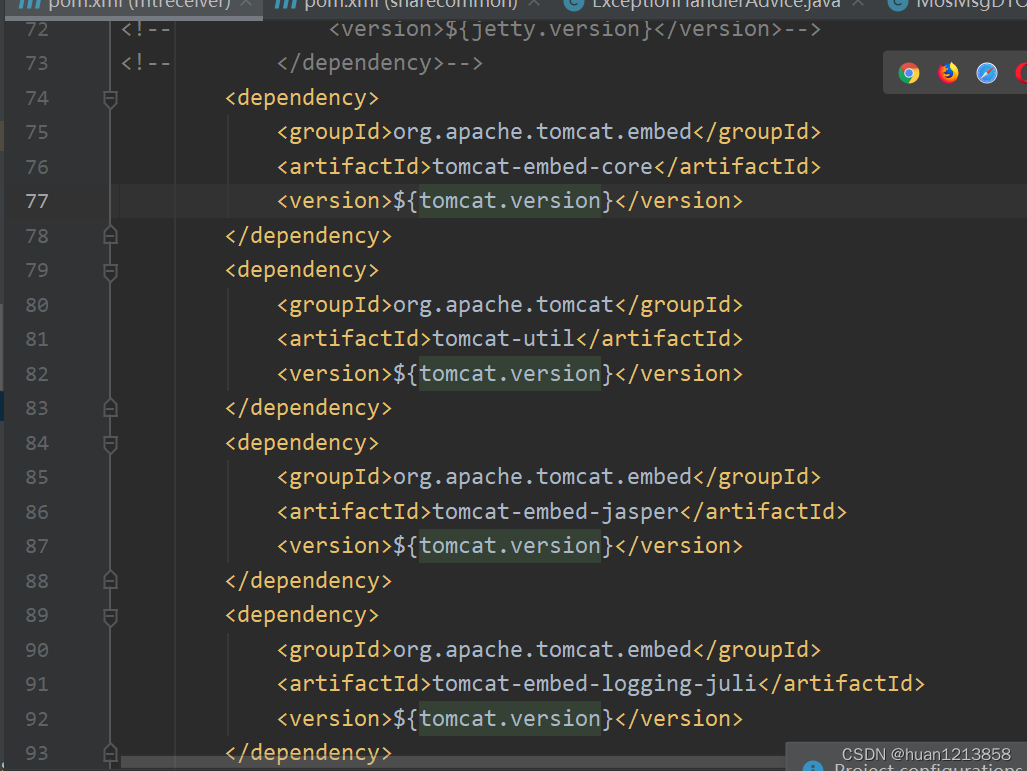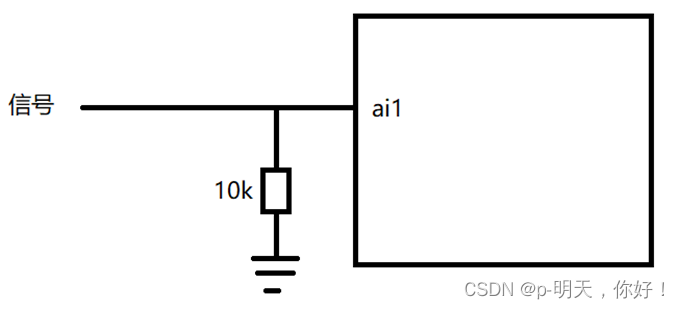Spring Boot 中的任务执行器是什么,如何使用
Spring Boot 是一个非常流行的 Java 开发框架,它的核心理念是通过简单的配置和约定来提高开发效率。在很多情况下,我们需要在后台执行一些任务,比如异步处理、定时任务等等。为了简化这些任务的开发和管理,Spring Boot 提供了一个任务执行器(Task Executor)。

什么是任务执行器
任务执行器是 Spring Boot 中的一个模块,它提供了一个简单的方式来执行异步任务。在 Spring Boot 中,任务执行器通常用于以下场景:
- 异步处理,比如发送邮件、短信等等。
- 定时任务,比如每天定时执行某个任务。
- 批处理,比如读取大量数据并进行处理。
任务执行器的主要作用是将任务提交到一个线程池中执行,从而避免了在主线程中执行任务时出现阻塞的情况。线程池中的线程可以并发执行多个任务,从而提高了任务的执行效率。
如何使用任务执行器
在 Spring Boot 中使用任务执行器非常简单,只需要按照以下步骤进行配置即可。
1. 添加依赖
首先需要在 pom.xml 文件中添加以下依赖:
<dependency>
<groupId>org.springframework.boot</groupId>
<artifactId>spring-boot-starter</artifactId>
</dependency>
这个依赖包含了 Spring Boot 的核心功能和一些常用的依赖。
2. 配置任务执行器
在 Spring Boot 中配置任务执行器非常简单,只需要在 application.properties 文件中添加以下配置即可:
# 配置线程池大小
spring.task.execution.pool.core-size=10
spring.task.execution.pool.max-size=20
spring.task.execution.pool.queue-capacity=1000
上述配置中,core-size 表示线程池的核心大小,即线程池中最少要保持的线程数;max-size 表示线程池的最大大小,即线程池中最多可以有多少个线程;queue-capacity 表示线程池的队列容量,即等待执行的任务队列的长度。
3. 创建异步任务
在 Spring Boot 中创建异步任务非常简单,只需要在方法上添加 @Async 注解即可:
@Service
public class MyService {
@Async
public void doSomething() {
// 异步执行的任务内容
}
}
4. 调用异步任务
在调用异步任务时,只需要通过 Spring 容器获取到对应的 Bean,然后调用方法即可:
@Service
public class MyOtherService {
@Autowired
private MyService myService;
public void doSomething() {
myService.doSomething();
}
}
5. 运行应用程序
最后只需要运行应用程序即可:
@SpringBootApplication
public class MyApplication {
public static void main(String[] args) {
SpringApplication.run(MyApplication.class, args);
}
}
示例代码
下面是一个完整的示例代码,它演示了如何使用 Spring Boot 的任务执行器来执行异步任务:
@SpringBootApplication
public class MyApplication {
public static void main(String[] args) {
SpringApplication.run(MyApplication.class, args);
}
}
@Service
public class MyService {
@Async
public void doSomething() {
// 异步执行的任务内容
}
}
@Service
public class MyOtherService {
@Autowired
private MyService myService;
public void doSomething() {
myService.doSomething();
}
}
@Configuration
@EnableAsync
public class AppConfig implements AsyncConfigurer {
@Override
public Executor getAsyncExecutor() {
ThreadPoolTaskExecutor executor = new ThreadPoolTaskExecutor();
executor.setCorePoolSize(10);
executor.setMaxPoolSize(20);
executor.setQueueCapacity(1000);
executor.initialize();
return executor;
}
}
在上述代码中,MyApplication 类是 Spring Boot 应用程序的入口点,其中启动了 Spring Boot 应用程序的容器。MyService 类是一个简单的服务类,其中的 doSomething 方法被标记为异步执行。MyOtherService 类是另一个服务类,它依赖于 MyService 类,并在其中调用了 MyService 类的 doSomething 方法。最后,AppConfig 类是一个 Spring Boot 的配置类,其中实现了 AsyncConfigurer 接口,以配置任务执行器的相关参数。
总结
任务执行器是 Spring Boot 中的一个非常实用的模块,它可以简化异步任务的开发和管理。在本文中,我们介绍了任务执行器的基本概念和使用方法,以及一个完整的示例代码。如果您在开发 Spring Boot 应用程序时需要执行异步任务,那么任务执行器是一个非常好的选择。

